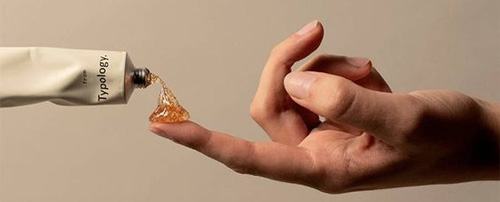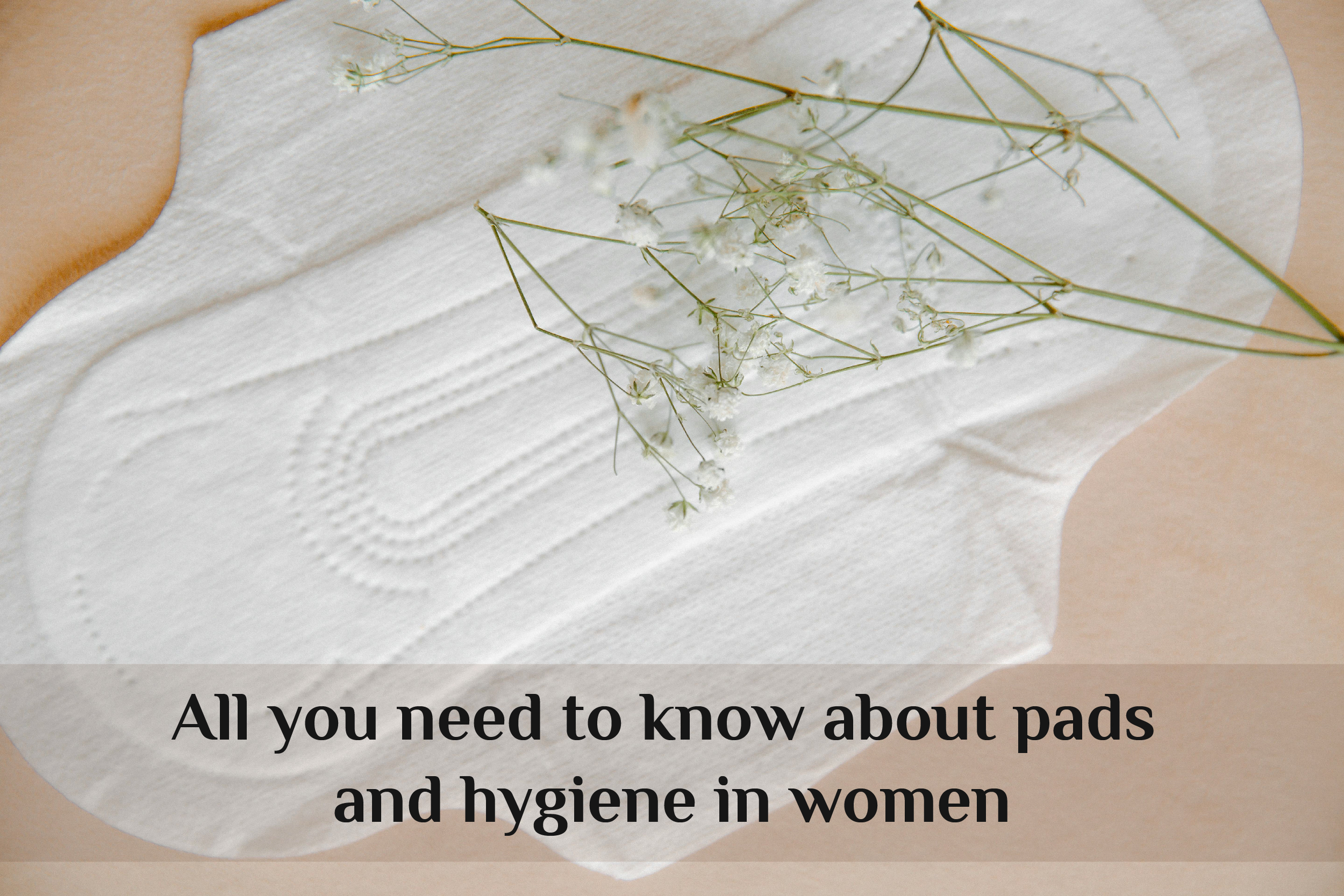Ensuring proper hygiene during menstruation is essential for women’s health and well-being. One integral aspect of menstrual hygiene management is the use of pads. These absorbent materials, commonly known as sanitary pads or napkins, play a crucial role in providing comfort and protection during menstrual periods. This introduction aims to provide an overview of pads and hygiene practices for women, covering aspects such as pad selection, hygiene maintenance, and overall vaginal health. By understanding the importance of proper pad usage and hygiene practices, women can effectively manage their menstrual cycles while prioritizing their health and comfort.
Certainly! Hygiene and the use of pads are crucial aspects of women’s health. Here’s a comprehensive overview:
1. Menstrual Hygiene Products:
- Pads: Pads, also known as sanitary pads or sanitary napkins, are absorbent materials worn by women in their underwear to manage menstrual flow. They come in various sizes, thicknesses, and absorbency levels.
- Tampons: Tampons are another option for managing menstrual flow. They are inserted into the vagina to absorb blood. Tampons come with different absorbency levels and should be changed every 4-8 hours.
- Menstrual Cups: Menstrual cups are reusable, bell-shaped cups made of medical-grade silicone. They collect menstrual blood rather than absorbing it. They are eco-friendly and can be worn for up to 12 hours.
2. Choosing the Right Pad:
- Absorbency: Choose pads based on your flow intensity. Light flow pads are thinner and suitable for lighter days, while heavy flow pads offer more absorption for heavier days.
- Comfort: Look for pads with soft, breathable materials to prevent irritation and discomfort.
- Size: Pads come in various lengths and widths. Choose a size that provides adequate coverage and fits your underwear snugly.
3. Hygiene Practices:
- Change Frequently: Change your pad every 4-6 hours, or more often if needed, to prevent bacterial growth and odor.
- Washing: Clean the genital area with water during menstruation, avoiding harsh soaps that may disrupt the natural pH balance.
- Proper Disposal: Wrap used pads securely in toilet paper or their packaging before disposing of them in a designated bin to maintain hygiene and prevent odors.
- Hand Hygiene: Wash your hands before and after changing pads to prevent the spread of bacteria.
4. Maintaining Vaginal Health:
- Avoid Douching: Douching disrupts the natural balance of vaginal flora and can lead to infections.
- Cotton Underwear: Wear breathable, cotton underwear to allow airflow and reduce moisture, which can promote bacterial growth.
- Regular Showers: Maintain regular showering habits, especially during menstruation, to keep the genital area clean and fresh.
5. Addressing Concerns:
- Rashes/Irritation: If you experience rashes or irritation from pads, switch to hypoallergenic or organic pads. Consult a healthcare professional if the issue persists.
- Odor: Change pads frequently and practice good hygiene to minimize odor. If the odor persists, consult a healthcare provider, as it could indicate an infection.
6. Environmental Considerations:
- Reusable Options: Consider using eco-friendly options like menstrual cups or reusable cloth pads to reduce waste and environmental impact.
- Disposal: Dispose of pads responsibly in designated bins or follow proper disposal methods for reusable products.
7. Regular Check-ups:
- Gynecological Visits: Schedule regular visits to a gynecologist for check-ups and screenings to ensure overall reproductive health.
By following these guidelines, women can maintain good hygiene during menstruation and promote overall vaginal health. It’s essential to choose products and practices that are comfortable, effective, and environmentally friendly. If you have specific concerns or questions about feminine hygiene, consult a healthcare professional for personalized advice.


